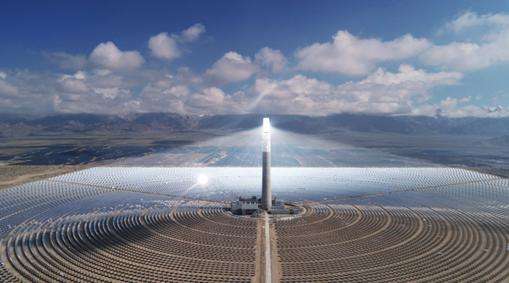Absolutely not~!
Because it is then necessary to convert 100% of the kinetic energy of the water into electrical energy. In fact, it's good to convert 10% of it. It is very simple. Only a small part of the 100 tonnes that flow. of the reservoir can result in the production of electricity. The unit is not counted as a loss. The result must be that the electricity generated by a certain amount of water cannot discharge the same amount of water.
You talk about the “perpetual motion machine” that people have aspired to study and invent for centuries. You can search the word and you will see that scientific knowledge lags behind the modern era. graphics, some of which look like jokes. Just like people in the future will see us now.
Personally, I think “perpetual motion” is a myth, but it should also be a goal. Perhaps tens of thousands of years later, the coHuman energy consumption will be close to zero, but “perpetual motion” is a goal. is still a myth and a target.
But even if people end up conceiving of "perpetual motion", it makes no sense, because since it is perpetual motion, the energy produced is equal to the energy consumed, and the energy produced when consumed is equal to the energy originally produced, so Such a thing, if you ask it to do another job, it will stop moving forever. It can only sustain itself and is it useful to society?
I remember there was a book called "Interesting Physics", which featured many "perpetual motion machines" designed by people in the past. Among them, the closest to "perpetual motion" is probably a drinking duck. I remember the structure. I forgot the principle and what the liquid was in the test tube. The ultimate failure washe still had to rely on external light, temperature and water. It was incredible that people of that time could conceive of this.














